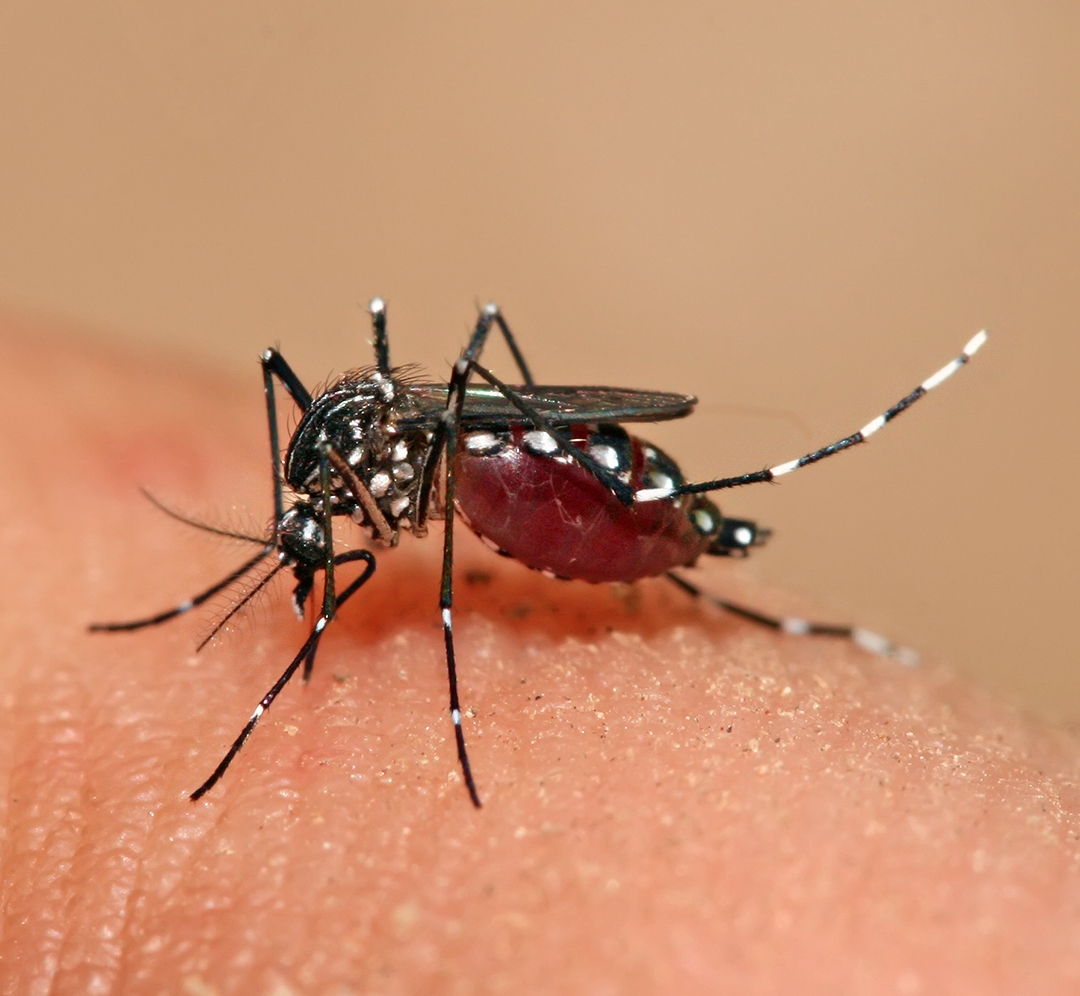From May 2020, the National Environment Agency (NEA) will release male Wolbachia-Aedes mosquitoes at selected dengue high-risk areas to suppress urban Aedes aegypti mosquito populations.
The neighbourhoods at Choa Chu Kang, Keat Hong and Hong Kah North have been identified as areas with high Aedes aegypti mosquito populations. These places have a higher risk of dengue clusters forming there.
Last month, NEA called for urgent stepped-up community action against dengue, as the number of cases this year projected to exceed the 16,000 cases recorded in 2019. The total number of dengue cases in 2020 as at mid-April was close to 5,800 – more than double that over the same period in 2019.
The Aedes aegypti mosquito is the primary vector of dengue, chikungunya and Zika viruses in Singapore. Since 2016, NEA has conducted phased field studies at Yishun and Tampines towns, to evaluate the use of male Wolbachia-Aedes mosquitoes to suppress the urban Aedes aegypti mosquito populations.
When released male Wolbachia-Aedes mosquitoes mate with urban female Aedes aegypti mosquitoes, the resulting eggs do not hatch. Over time, continued releases of male Wolbachia-Aedes mosquitoes are expected to gradually reduce the urban female Aedes aegypti mosquito population. This will thereby lower the risk of dengue transmission.
NEA researchers will be releasing male Wolbachia-Aedes mosquitoes at public spaces around houses and blocks. Release points may include stairwells, void decks, and open spaces between blocks of high-rise homes.
The male Wolbachia-Aedes mosquitoes will not be released directly into homes. While residents may see more of these male mosquitoes, they will not attract female mosquitoes to the area, NEA said.



